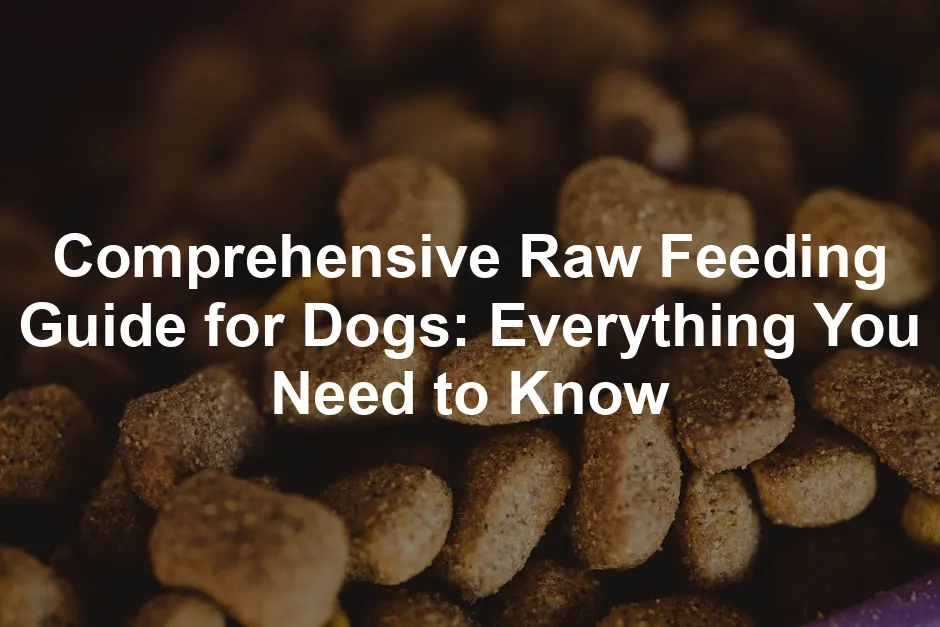Introduction
Raw feeding is a diet for dogs featuring uncooked ingredients. More pet owners are turning to raw diets for their pets. The benefits include healthier coats, improved digestion, and increased energy. Dive into this guide to learn everything you need about raw feeding.
To help you maintain those amazing benefits, consider investing in a Dog Food Storage Container. Keeping your dog’s food fresh and free from pests is crucial to their health and happiness!
Summary and Overview
Raw feeding focuses on providing dogs with a natural diet consisting of raw meat, bones, and organs. The primary aim is to mimic the natural eating habits of dogs, as their ancestors consumed whole prey. Two popular models are BARF (Biologically Appropriate Raw Food) and Prey Model.
The BARF model emphasizes a balanced ratio of muscle meat, bones, and fruits or vegetables, while the Prey Model mimics a dog’s ancestral diet without plant ingredients. Key benefits of raw feeding include better overall health, improved digestion, and shinier coats. However, challenges may arise, such as potential food safety concerns and nutritional imbalances. Proper guidance is crucial for a successful transition to raw feeding.
If you’re looking to dive deeper into the art of raw feeding, a Raw Dog Food Recipe Book can provide you with delicious and nutritious meal ideas that will keep your pup excited for mealtime!
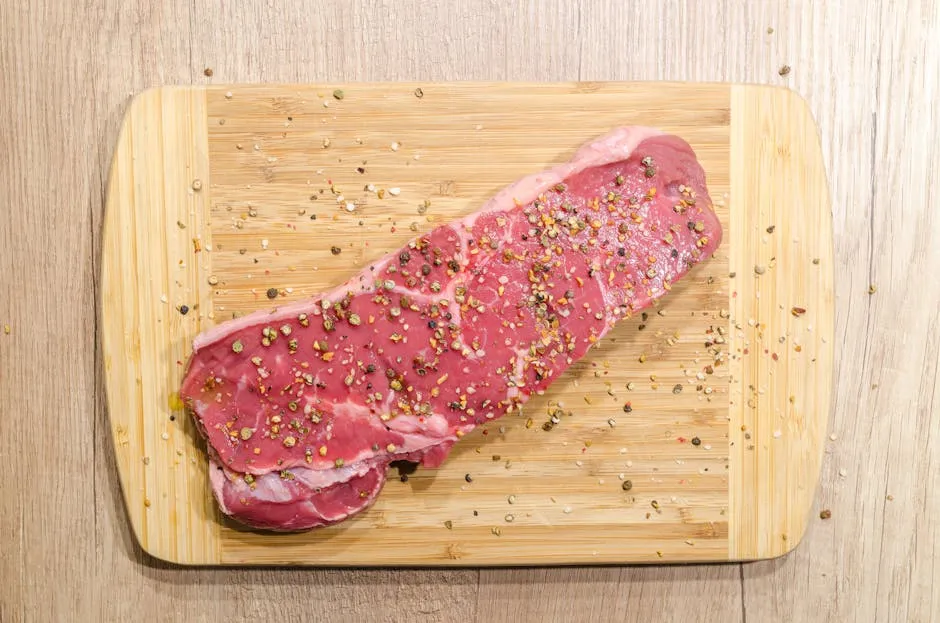
Understanding Raw Feeding
What is Raw Feeding?
Raw feeding involves providing dogs with uncooked, unprocessed food. This includes muscle meat, bones, and organ meats. The philosophy behind raw feeding is rooted in the idea that dogs thrive on a diet similar to what their ancestors consumed in the wild. Historically, raw diets were not common, but interest has surged in recent years.
Traditional kibble diets often contain fillers and artificial ingredients. In contrast, raw feeding aims to provide a more natural and nutrient-dense option. This approach can help dogs maintain healthy weights and reduce the risk of allergies or sensitivities. Transitioning to a raw diet can lead to noticeable improvements in your dog’s health and well-being.
To help you manage portions and ensure that your dog is getting the right amount of food, investing in a Dog Food Scale can be a game changer. Accurate measurements lead to a healthier pup!
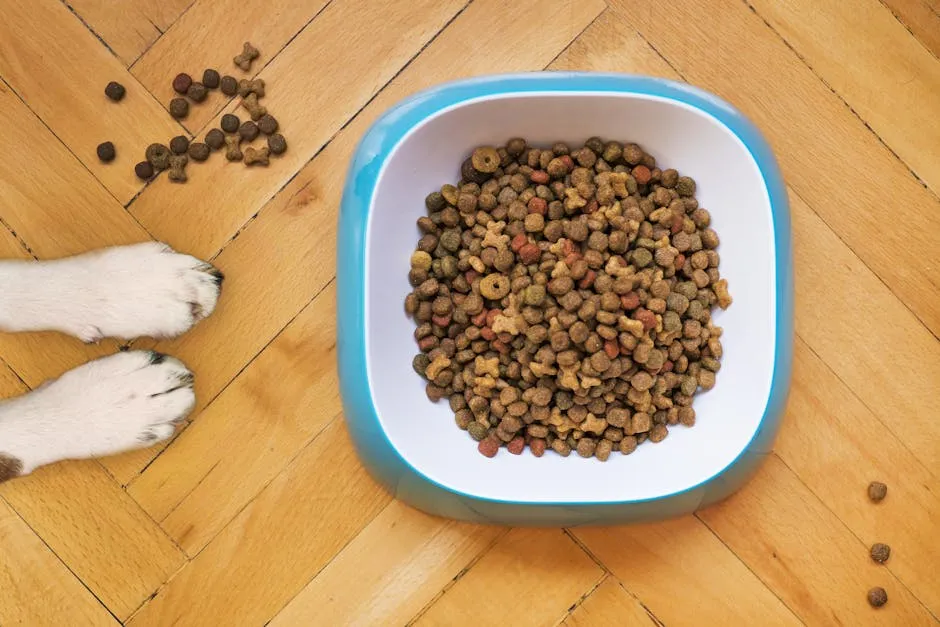
Benefits of Feeding Raw
Feeding raw can transform your dog’s health. Many raw feeders report remarkable improvements. A shiny coat is just one of the benefits. You might also notice better dental health and digestion. This diet often leads to cleaner teeth and fresher breath.
Energy levels can soar with raw feeding. Many pet owners observe their dogs become more lively and playful. Raw diets also help maintain a healthy weight. A balanced diet can reduce allergies and skin irritations.
Statistics back these claims. A survey showed 70% of raw feeders noticed better digestion. Over 60% reported shinier coats. It’s clear that raw feeding can enhance your dog’s overall well-being.
Don’t forget to keep your furry friend entertained! A good selection of Dog Chew Toys can keep their minds sharp and their teeth clean while they enjoy some playtime!
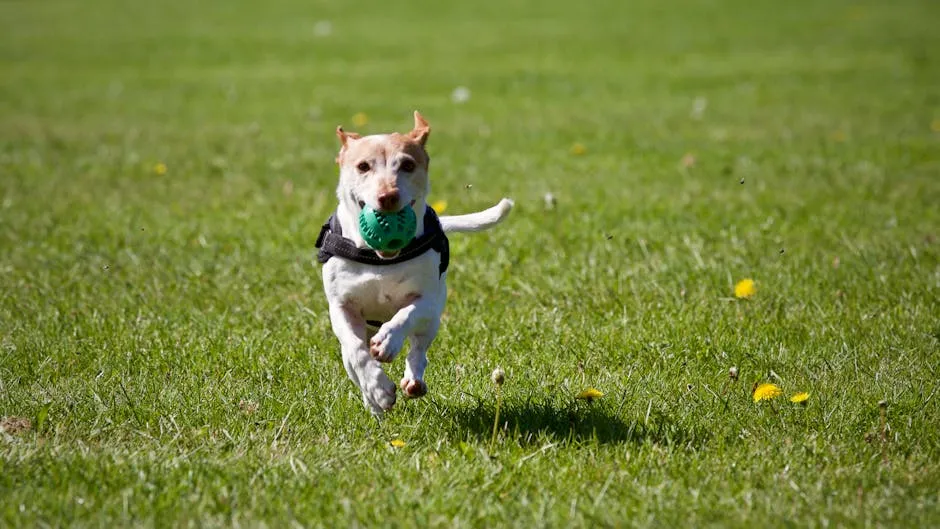
Choosing a Raw Feeding Model
BARF Diet (Biologically Appropriate Raw Food)
The BARF diet focuses on balance. It suggests a specific ratio: 70% muscle meat, 10% raw edible bones, and 20% organs, including 5% liver. This mix ensures your dog receives essential nutrients.
Following BARF guidelines provides numerous nutritional benefits. Muscle meat delivers protein and amino acids. Organ meats supply vital vitamins and minerals. Raw bones contribute calcium and phosphorus, promoting strong teeth and bones.
Some people believe plant-based ingredients are unnecessary. However, this is a misconception. While dogs primarily thrive on meat, small amounts of vegetables can enhance their diet. They offer fiber and additional nutrients. Properly prepared vegetables can be easily digested.
For more detailed information about the BARF diet, check out this BARF diet for dogs.
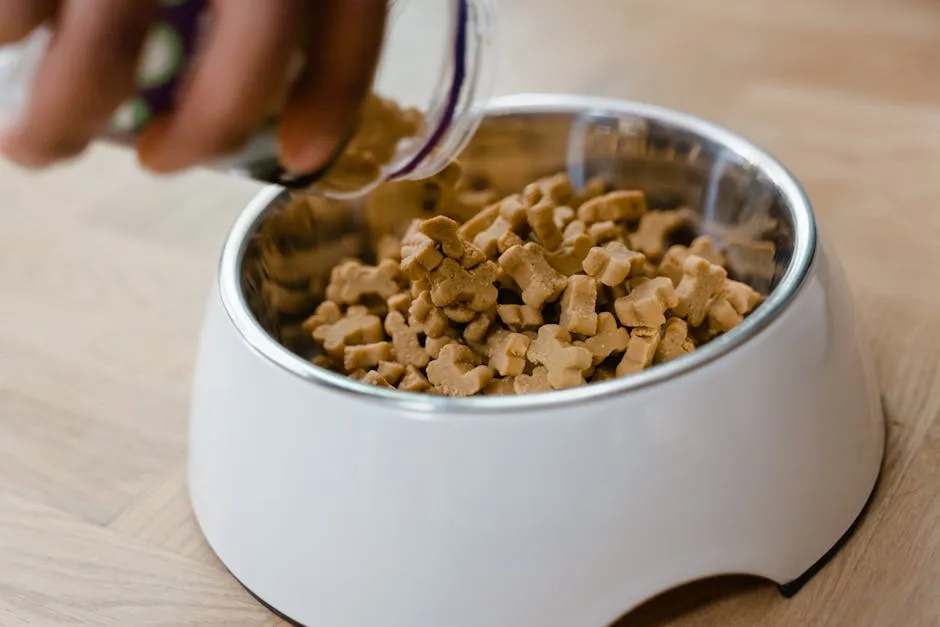
Prey Model Raw Diet
The Prey Model mimics a dog’s natural diet. It consists mostly of whole prey animals. This diet includes 75-80% muscle meat, 10% raw meaty bones, and 10% organ meats, like liver.
Variety is key in this model. By feeding different proteins, you ensure a range of nutrients. This approach prevents nutritional deficiencies. It also keeps mealtime exciting for your dog.
Sourcing safe and healthy proteins is crucial. Avoid feeding wild animals unless properly prepared. Always choose high-quality, fresh sources. This ensures your dog receives the best nutrition without harmful additives.

Transitioning to a Raw Diet
Preparing for the Transition
Before making any changes to your dog’s diet, it’s crucial to consult your veterinarian. They can provide personalized advice based on your dog’s health and needs. This step ensures that the transition is safe and effective.
Here’s a quick checklist to help you prepare for the transition to raw feeding:
- Consult Your Vet: Discuss your dog’s health and diet.
- Research: Learn about raw feeding and its benefits.
- Plan Meals: Create a balance of protein sources.
- Gather Supplies: Stock up on raw ingredients and storage containers.
- Monitor Health: Keep an eye on your dog during the change.
- Stay Patient: Understand that adjustments take time.
Speaking of supplies, make sure you have a Pet First Aid Kit on hand! You never know when a little adventure might lead to a scraped paw or two!
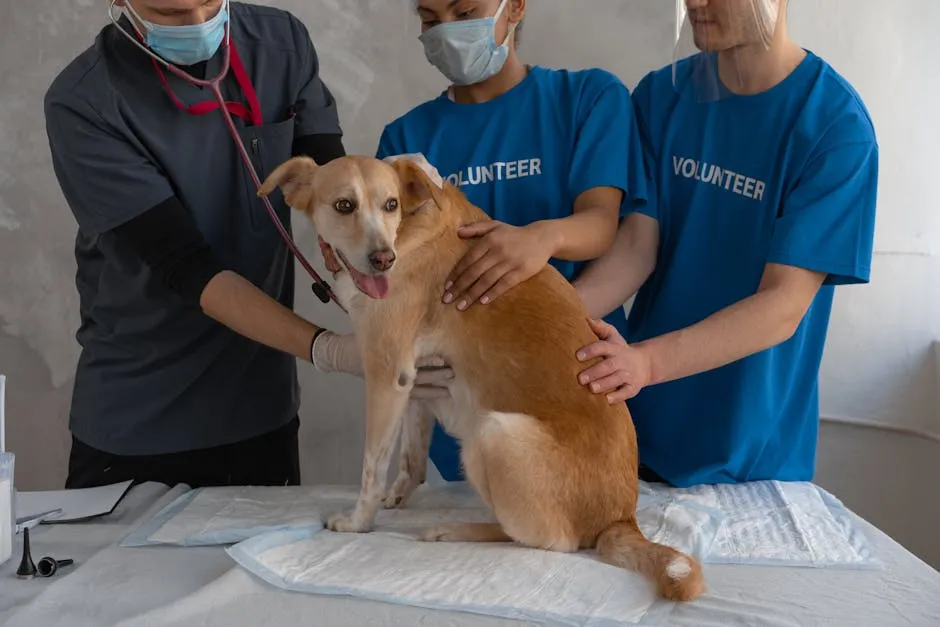
Steps to Transition
Transitioning your dog from kibble to a raw diet can be done smoothly with the right approach. Follow this step-by-step guide for a successful switch:
- Start Gradually: Begin by mixing a small amount of raw food with their current kibble. This helps your dog adjust while minimizing digestive upset.
- Increase Raw Food: Gradually increase the proportion of raw food over a week or two. Aim for a 50/50 mix by day 5.
- Monitor Digestive Health: Watch for any signs of digestive adjustment, like changes in stool quality. Firm, well-formed stools indicate a successful transition.
- Identify Issues Early: If your dog experiences diarrhea or other issues, reduce the raw portion temporarily and reintroduce slowly.
- Introduce New Proteins: Once your dog is stable, start adding different raw protein sources weekly. Variety is key!
- Stay Observant: Keep an eye on their energy levels, coat condition, and overall health. If anything seems off, consult your vet.
Some dogs may be picky eaters. If your dog hesitates, try different protein options or mix in a bit of their favorite treats. Remember to be patient during this adjustment period!
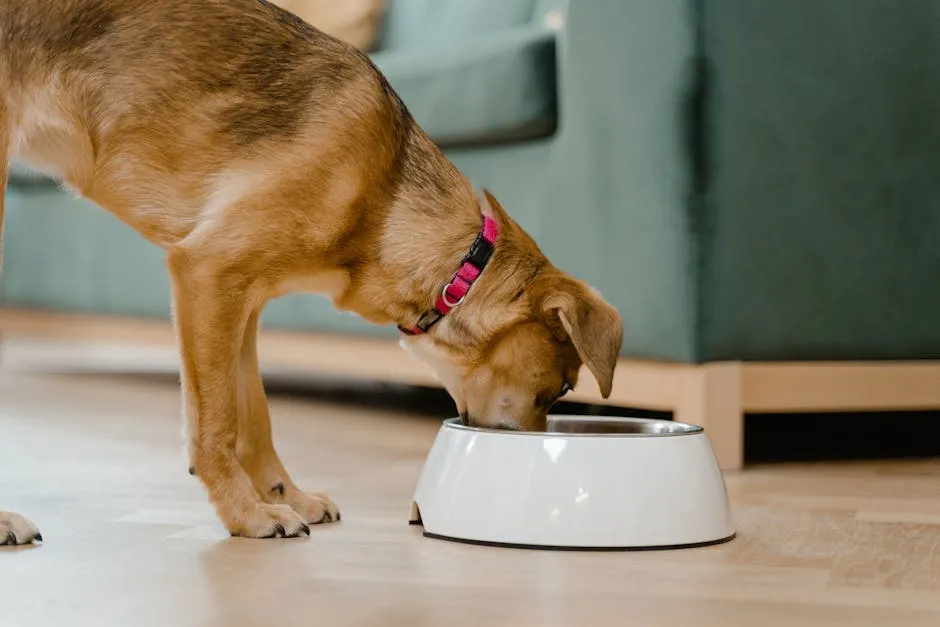
What to Feed
Essential Components of a Raw Diet
A balanced raw diet consists of several key components. Understanding these will help you provide optimal nutrition for your dog.
- Muscle Meat: This is the primary protein source. Examples include chicken, beef, lamb, and turkey.
- Raw Meaty Bones: These bones provide essential minerals and help with dental health. Avoid cooked bones, as they can splinter.
- Organ Meats: Organs like liver and kidneys are nutrient-rich and should comprise about 10% of the diet. They provide vital vitamins and minerals.
And don’t forget, a good Dog Water Bottle is essential for keeping your pup hydrated during all those fun outdoor adventures!
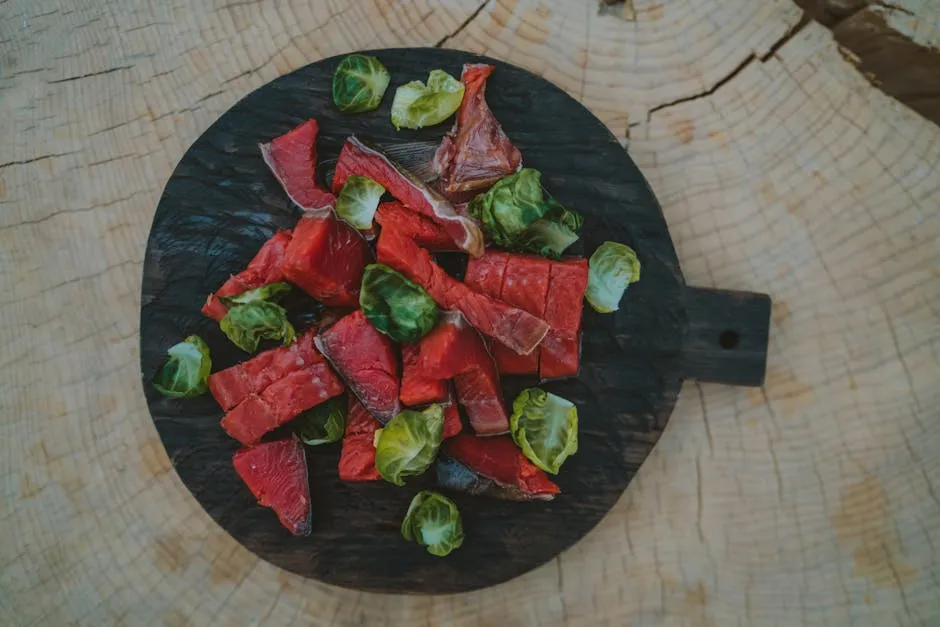
Monitoring Your Dog’s Health
Health Indicators to Watch
When switching to a raw diet, monitoring your dog’s health is essential. One of the most significant indicators is stool quality. Healthy stools should be firm and well-formed. If you notice changes, this can signal dietary adjustments are needed.
Energy levels are another key sign. If your dog seems more active and playful, that’s a good sign! A shiny coat is also a positive indicator of health improvements. Regular vet check-ups are crucial for ongoing health monitoring. They can catch any potential issues early and provide tailored advice.
While you’re at it, ensure your pup’s teeth are in tip-top shape with a Dog Toothbrush and Toothpaste. Keeping their pearly whites clean ensures they stay healthy and happy!

Troubleshooting Common Issues
Transitioning to raw feeding can present challenges. Some dogs may resist the change, leading to picky eating. If this happens, try different protein sources to entice them. Gradual adjustments are vital. Start slowly to help your dog acclimate to the new diet.
If your dog experiences digestive upset, be patient. Reducing the raw portion temporarily can help. Once their digestive system stabilizes, you can slowly reintroduce raw food. Remember, every dog is unique, and it may take time for them to fully adjust.
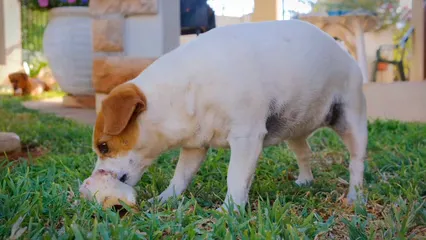
Food Safety and Hygiene
Safe Handling Practices
Hygiene is crucial when handling raw food. Always wash your hands thoroughly after touching raw ingredients. This prevents potential cross-contamination. Store raw meat in a separate area of your freezer. Avoid keeping it next to human food.
Thaw meat safely in the refrigerator, never at room temperature. This minimizes bacterial growth. When preparing your dog’s meals, clean all surfaces and utensils with hot, soapy water. This ensures a safe environment for meal prep.

Risks and Considerations
While raw feeding has benefits, it’s essential to be aware of risks. Bacteria and parasites can be present in raw meat. Always source high-quality meat from trusted suppliers. Understanding food safety practices is vital. This way, you can provide a nutritious diet while minimizing health risks for your dog.
Raw feeding can be beneficial, but it comes with risks. Bacteria like Salmonella and E. coli can be present in raw meat. These can cause serious illness in both dogs and humans. To minimize these risks, always practice good hygiene. Wash your hands, utensils, and surfaces after handling raw food.
Parasites can also be a concern. Raw meat may contain parasites that can harm your dog. Freezing meat for at least three weeks can kill many of these parasites. Always choose high-quality meat from trusted sources. This ensures what you’re feeding your dog is fresh and safe.
Understanding food safety is crucial. Store raw meat separately from human food. Thaw meat in the refrigerator, not at room temperature, to prevent bacterial growth. Proper sourcing and handling can keep your dog safe and healthy while on a raw diet.
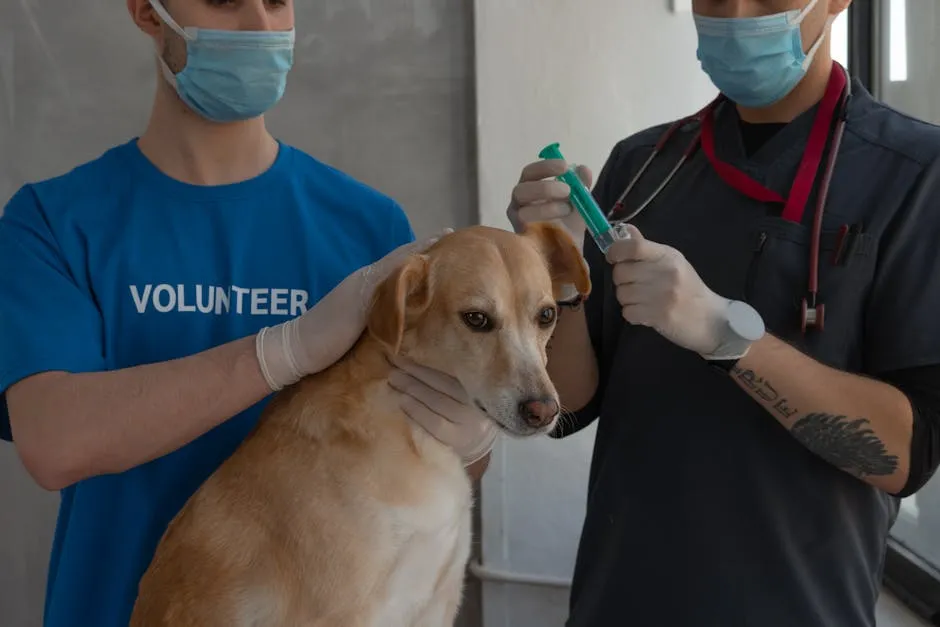
Conclusion
In summary, raw feeding can improve your dog’s health, energy, and coat condition. However, it requires careful planning and knowledge about food safety. Always consult with professionals to ensure you’re making the best choices for your dog. A veterinarian can provide personalized guidance tailored to your pet’s needs.
If you’re considering raw feeding, take the time to research and understand the risks and benefits. Your dog’s health and happiness depend on informed decisions and proper care.

As you embark on this journey, don’t forget to keep your dog’s comfort in mind! A cozy Dog Bed is essential for a happy and restful pup!
FAQs
Is raw feeding safe for my dog?
Yes, raw feeding can be safe if done correctly. Ensure you source high-quality meat. Always wash your hands and surfaces after handling raw food. Monitor your dog’s health closely during the transition. If you follow proper practices, many dogs thrive on raw diets.
How do I transition my dog to a raw diet?
Begin by mixing a small amount of raw food with your dog’s current food. Gradually increase the raw portion over a week. Monitor their digestive health during this time. If you notice any issues, slow down the transition. Patience is key for a successful change.
What if my dog doesn’t like raw food?
If your dog resists raw food, try different protein sources. Some dogs prefer certain meats over others. Mixing in a bit of their favorite treat can also help entice them to eat. Gradual introduction may make them more accepting of the new diet.
How much raw food should I feed my dog?
Generally, feed adult dogs 2-3% of their ideal body weight per day. Puppies may need 4-6% depending on their growth stage. Adjust portions based on your dog’s activity level and health needs. Monitoring their weight and energy levels can help determine the right amount.
Can I mix raw food with kibble?
Mixing raw food with kibble is not generally recommended. This can lead to digestive upset since raw and cooked foods digest differently. It’s best to transition your dog entirely to a raw diet or stick to kibble. Choose one diet approach for optimal digestive health.
Are there any breeds that should not be raw fed?
Most dogs can thrive on a raw diet, but some breeds may have unique health needs. Consult with your veterinarian if you have concerns about specific breeds. Some dogs with certain medical conditions might require a more specialized diet.
What to do if my dog has a health issue?
If your dog has health issues, consult your veterinarian before switching to a raw diet. They can provide personalized advice and may suggest specific dietary adjustments. Always prioritize your dog’s health and well-being when making dietary changes.
As you wrap up your raw feeding journey, consider adding some fun to your pup’s life with a Dog Costume for those special occasions!
Please let us know what you think about our content by leaving a comment down below!
Thank you for reading till here 🙂
All images from Pexels

